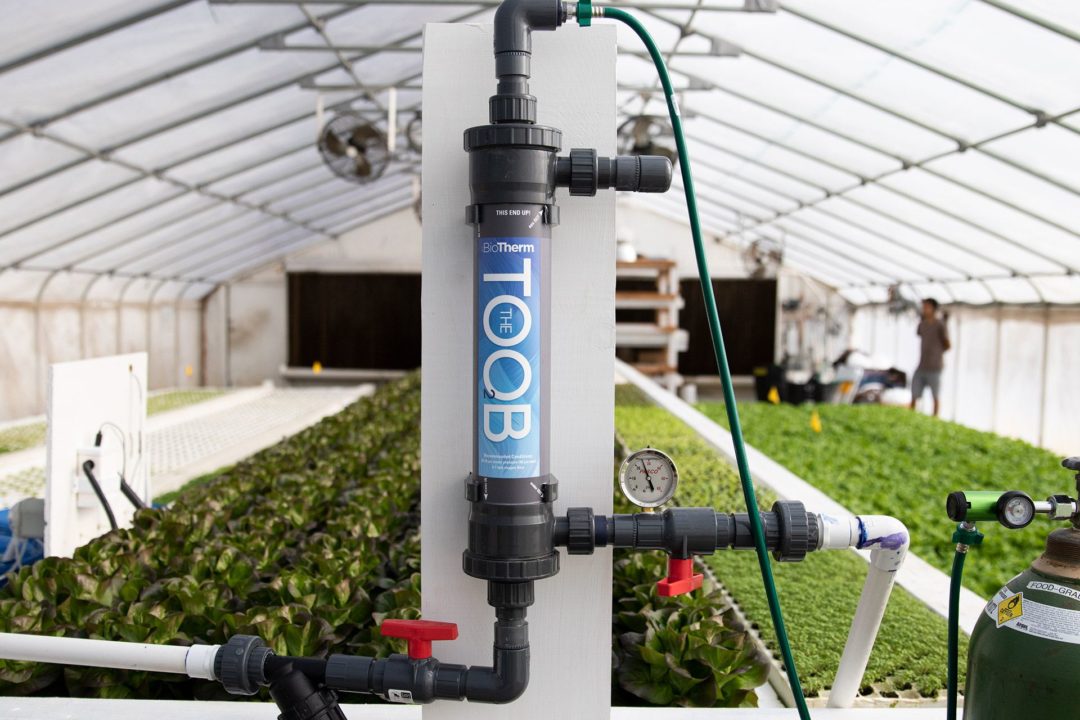Understanding the Role of Light in Greenhouse Cannabis Cultivation
Greenhouse cannabis cultivation is a complex yet rewarding practice. Cultivation in greenhouses involves great attention to detail. It can be challenging, but ultimately, it gives you superior control over how the cannabis grows, resulting in a better, more consistent yield.
Light plays a crucial role in greenhouse cultivation as it directly influences plant growth and development. Understanding how light affects plants and optimizing its use can significantly enhance crop productivity.
The Role of Light in Greenhouse Cultivation
- Germination of Seeds: Light plays a huge role in a plant’s life, even when it’s just a seed. Although different seeds germinate under specific conditions, light intensity is a factor that affects all seeds. Some smaller seeds require light to germinate, while others require darkness. Greenhouse cultivation gives you the flexibility and control to monitor the light exposure of your seeds and tailor it to the type of seeds you have.
- Photosynthesis: Light is the primary source of energy for plants. Unlike animals, plants can produce their own food or nutrients, and they do so through a process called photosynthesis, in which light energy is converted into chemical energy. Energy from photosynthesis fuels the plant and allows it to carry out activities such as respiration and the active transportation of minerals and nutrients from its surroundings. Without adequate light, a plant would fail to carry out photosynthesis, eventually withering away and dying.
- Growth and Development: Light is necessary for plant survival and their growth and development, which is highly affected by the quality and quantity of the light they receive. The intensity and type of light that plants are exposed to can determine their overall health. If your plants are exposed to inadequate light, it can result in weakened stems within the plant. On the other hand, excessive light can damage the plant and cause the leaves and stems to become dry and brittle. Your plants must be exposed to optimal good-quality light to promote healthy development. Greenhouse cultivation allows you to monitor your light levels and ensure that your plants receive proper light levels for the best growth.
Optimizing the Effect of Light to Enhance Crop Productivity
To enhance crop productivity in your greenhouse, you must understand the light requirements of your plants and what conditions they require to grow and develop in a healthy manner. By optimizing and tailoring the effect of light on your plants, you can ensure that they are always receiving the optimal amount of light energy to carry out activities successfully. Here are a few ways you can optimize the effect of light on your crops.
- Use of Supplemental Lighting: Supplemental lighting is used when natural light is not present or adequate enough to support plant development. This form of lighting is especially important during winters when there are few hours of daylight and the light that does come through is weak. Using supplemental lighting in greenhouse cultivation can greatly boost your crop productivity and, in turn, your business.
- Ensure Optimal Light Distribution: When cultivating plants, your entire crop must receive an even amount of light to promote uniform growth and avoid shading. Greenhouse cultivation allows you to optimize your light settings to ensure your plants are all receiving the same amount of light by allowing you to focus on factors such as height, angle, and distance to plants when placing lights. Using the greenhouse method of cultivation also allows you to adopt advanced technology, such as automated lighting systems and light sensors, which ensure that crops receive the optimal level of light for maximum productivity.
- Monitor Light Intensity: Monitoring the effect of different intensities of light is also important, as it allows you to find the intensity and quantity of light which is optimal for your plants. This can help you achieve maximum growth and efficiency.
- Light Spectrum Manipulation: Different crops react better to varying spectra of light. For example, red and blue lights have been shown to have a productive effect on greenhouse cultivation. It is important to research the different effects of different light spectra and find a combination best suited to your crops’ needs.
Risks of Crop Cultivation
Cannabis companies in the cultivation business face high risks as cannabis crops are vulnerable to extreme weather conditions, diseases, cross-pollination, irrigation system failures, crop threat, and even arson, all of which have the potential to destroy your entire field.
This is why it is important to get cannabis insurance. A comprehensive coverage plan can lower your cultivation risks and ensure that you are protected in case of any unforeseen disaster resulting in the destruction of your yield.
As the legalization of cannabis expands, several insurance agencies are willing to take on cannabis insurance, making it easy to get a risk assessment of your crop from one of their officers.
Light plays a vital role in plant growth. Knowing and understanding the role of light in a plant’s development by studying and monitoring the different effects, you can make changes that are suitable for your crops to ensure your farm is efficient and productive.
While you’re investing your resources and efforts into the well-being of your plants, don’t forget to stay insured. A comprehensive coverage plan can protect your crop from unforeseen or foreseen risks, keeping your cannabis company safe in the long run.









